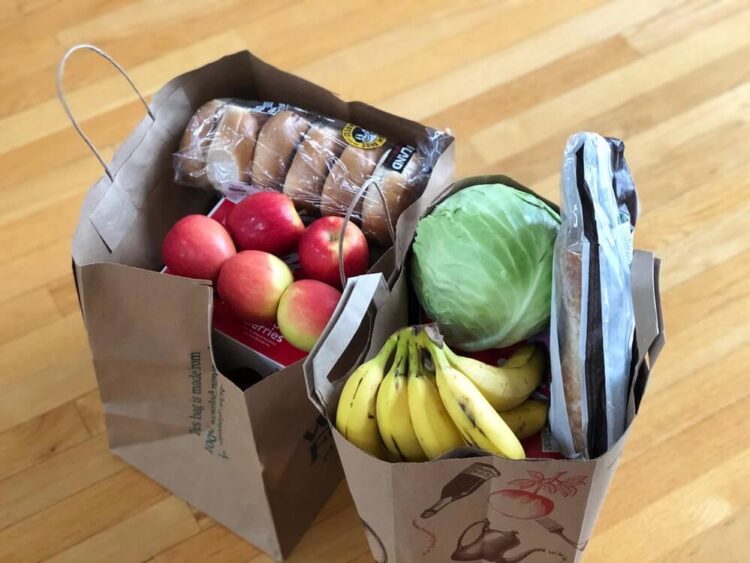Are you looking for information on the types of bags used for bagged packaged goods? Learn more about polyethylene bags, HDPE bags, and other common types of packaging. These articles will provide you with information on the types of bagged packaged goods and what they do to keep products safe. The following information will help you make an informed decision about the type of bag you choose. Read on to learn more about the benefits and disadvantages of each type.
Packaging materials used for bagged packaged goods
Foil-sealed bags are often used for delicate and food items. They are made of PET film with a layer of aluminum foil. Branding is typically added to these bags. The foil seals out the environment completely, providing the greatest level of protection from contamination. Moreover, these bags can be recycled and reused many times. So, if you want to avoid the hazards associated with plastic packaging, this is the ideal choice.
The two most common plastics used for bagged packaged goods are polyethylene and polypropylene. These materials offer good strength and flexibility, but are light, making them ideal for shipping. Both types are also moisture-resistant, making them an excellent choice for packaging many items. And most of them can be recycled, which is a major benefit. But keep in mind that there are some practical limitations to using these plastics for food packaging.
Safety of polyethylene bags
You may have noticed the high-density polyethylene (HDPE) plastic bags in your life. But do you know how these bags are made? What are the advantages of using them? HDPE bags are incredibly safe to use. These plastic bags keep out moisture and allow for long-term food preservation. In addition, they are extremely lightweight and durable, making them perfect for bulk packaging. So why should you use them?
In addition to its hygienic benefits, plastic offers protective properties such as the ability to prevent corrosion and heat conduction. Because of its durability and flexibility, these bags are suitable for packaging many sensitive goods, including food, pharmaceuticals, and medical devices. They can be easily and quickly packed and sealed, meaning less human intervention is required. Better barrier technologies allow the packaging of liquids and food in these bags, resulting in longer shelf-life and increased consumer protection. In addition, unlike paper, these materials can be recycled up to 10 times before they lose any quality.
Drawbacks of HDPE bags
High-density polyethylene (HDPE) is an excellent choice for packaging most packaged goods. It has a high compatibility with most chemicals, including strong acids and bases and mild oxidants and reducing agents. It is a very effective moisture barrier, reducing the transmission of moisture and protecting sensitive products. It is lightweight, easy to process and store, and can be transported without causing damage to products. It also helps to reduce carbon emissions during transport. The downside to HDPE is its cost and sensitivity to cleaning agents. However, these drawbacks are negligible if you are packaging a small amount of goods.
Despite its disadvantages, HDPE bags are the most eco-friendly packaging option. They weigh only a few ounces when empty, yet they can hold up to fifteen pounds of trash. HDPE bags also retain their strength in low temperatures, making them useful for bulky items and large quantities of trash. Despite its drawbacks, HDPE bags are often the preferred choice for packaged goods that need to remain intact.
Types of bags
There are three basic types of plastic for bagged packaged goods. The most common plastic for bagging food items is LLDPE, or linear low density polyethylene. LLDPE is flexible and durable, and can withstand the weight of perishable goods. Its density makes it an excellent material for grocery bags and retail bags. Below are descriptions of each type. All are durable and suitable for a variety of uses.
Low density polyethylene (LDPE): This polyolefin is used for the most common types of bags. It is typically clear and semi-translucent and is used for consumer packaging where strength is not a requirement. Low-density polyethylene (LDPE) is a flexible polymer with good tear and moisture barrier properties. However, the material is susceptible to stretching and is not recommended for high-value items.
Protection from chemicals
Bagged packaged foods need good barrier material to prevent the presence of chemicals. Biological barriers to chemicals and odors are available, and can protect foodstuffs from spoilage, disease, and senescence. They also help to maintain the internal environment of the package. However, many bagged foods are not protected by this barrier material. Here are some reasons why bagged food products need good barrier material. They may contain toxic chemicals, but the odor is less than what the bag could possibly absorb.







